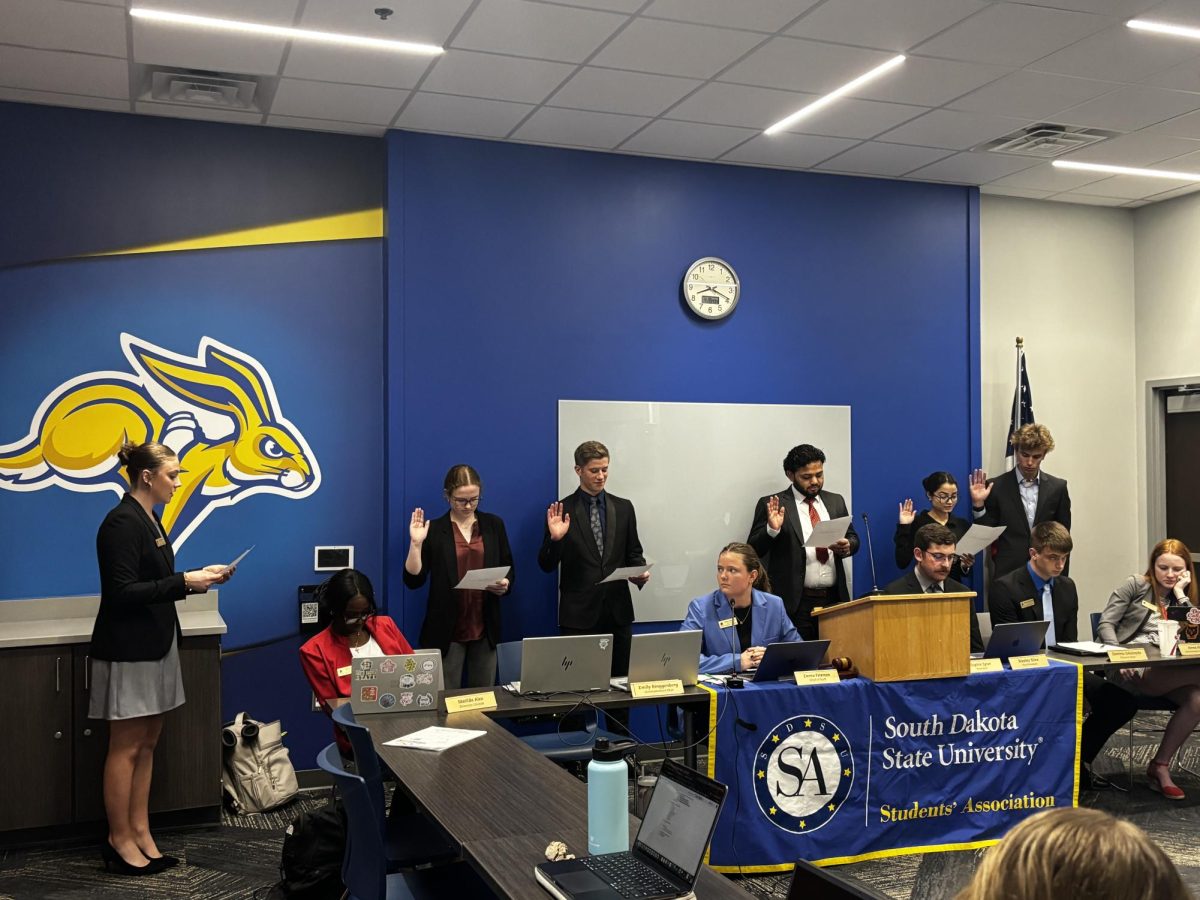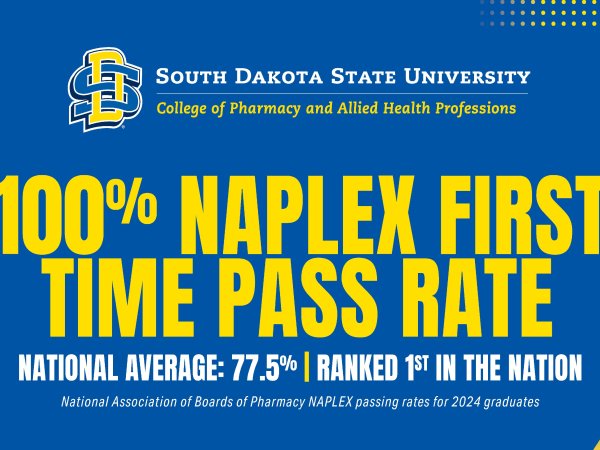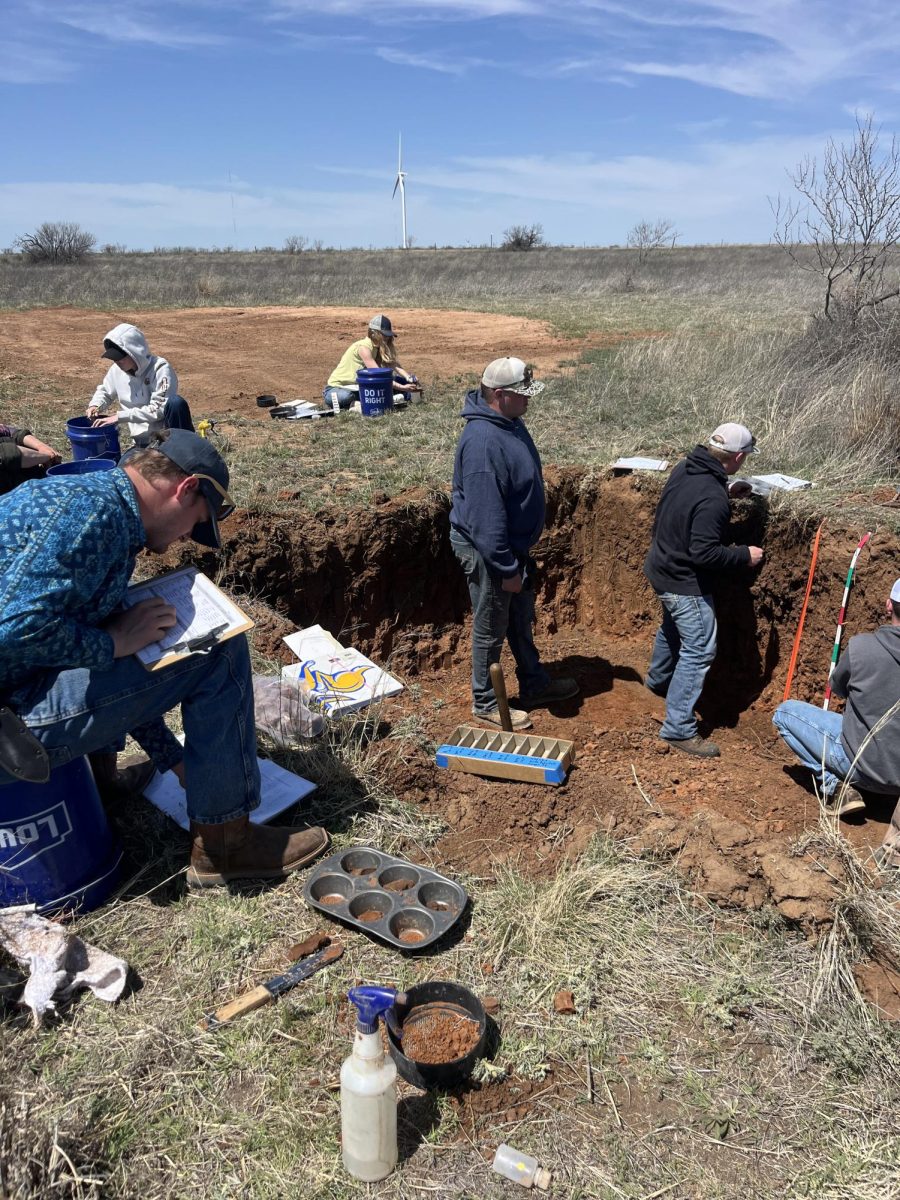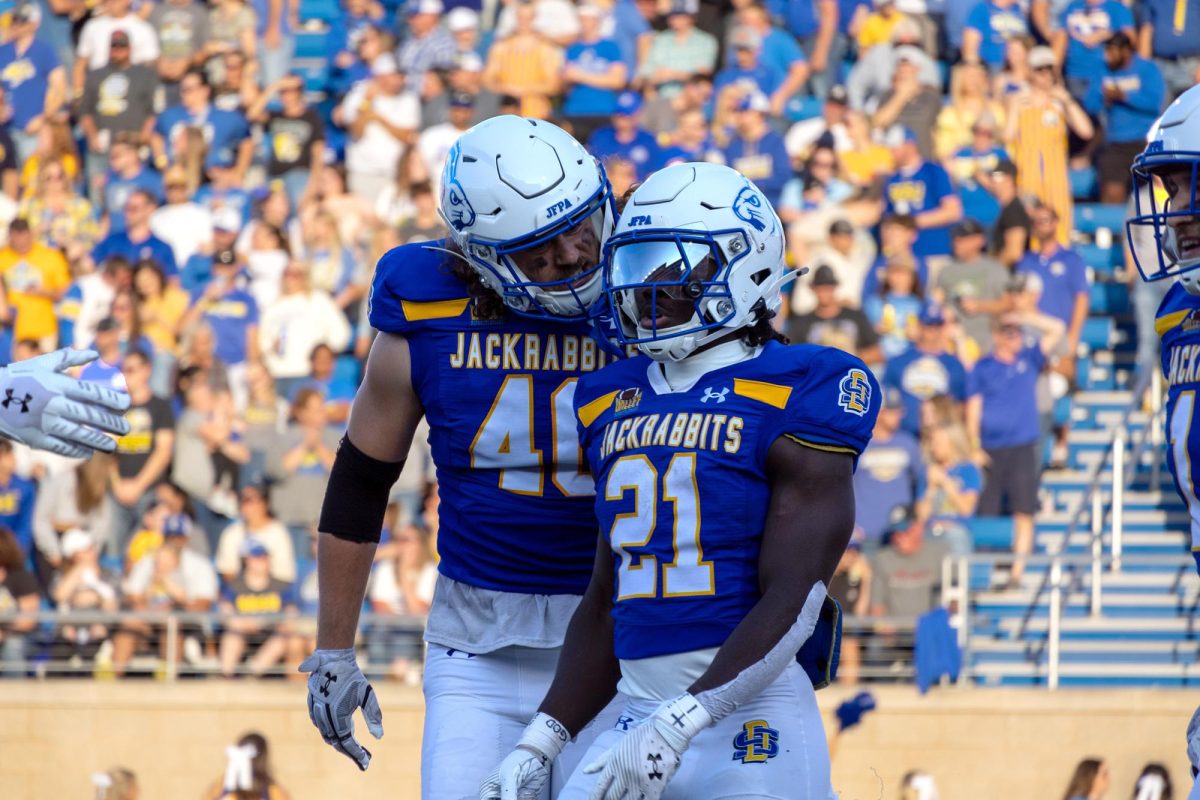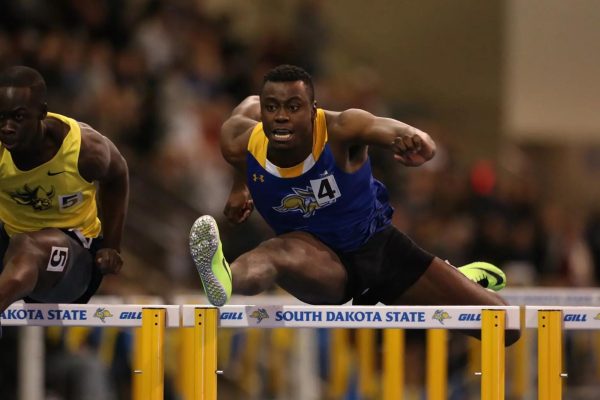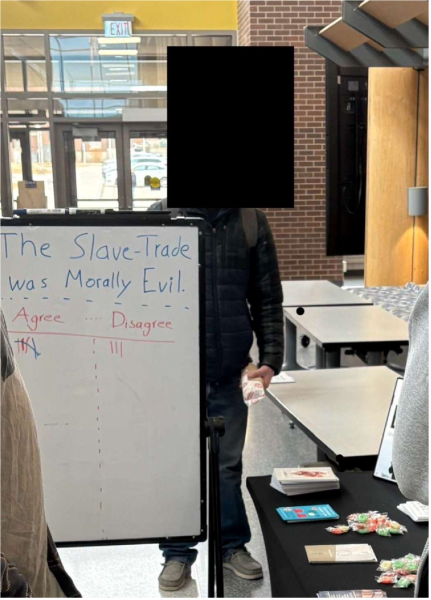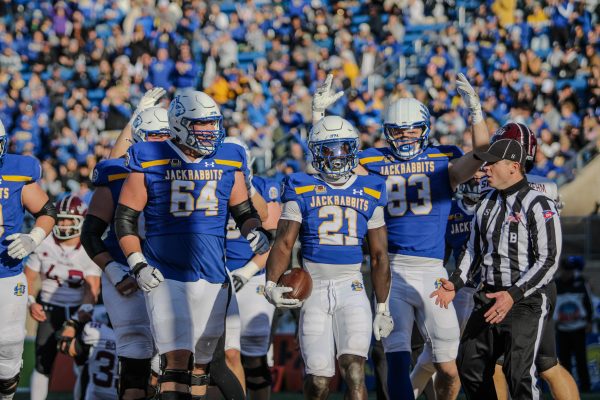DI impact predicted
November 25, 2002
Justin R. Lessman
If, in December, the Board of Regents approves SDSU’s proposal to move to Division I athletic competition, many changes are expected to take place. What all of these changes are and to what extent they will affect SDSU, Brookings, and the NCC may only be known after the fact.
Buildings and Facilities
The physical appearance of SDSU will no doubt be altered if the DI plan is approved. According to the DI feasibility report done by Carr Sports Associates, Inc. last summer, much improvement and expansion is necessary, before any move can be made. The report states that since football is one of the most significant sources of revenue, “there is a compelling rationale to invest in facilities that enhance success in that sport.”
Athletic Director Fred Oien said that would include remodeling of locker rooms, concession facilities and other amenities around Coughlin-Alumni Stadium.
Other facility changes the report outlined included completion of the Wellness Center and the creation of an indoor training facility. Oien also said other improvements would be looked at in the future, including relocation of the track, the reconstruction of the baseball field and practice facilities for soccer and softball.
Enrollment
Supporters of the DI move have repeatedly implied that if the move were made, more students would decide to attend SDSU.
At the Sept. 24 meeting of the SDSU Academic Senate, Joel Hefling, of the College of Arts and Science, asked Oien if any evidence existed that would indicate being a DI school would draw more students to the university.
Oien cited a poll that found 31 percent of students currently enrolled in a DI school said their decision was impacted by the athletic classification. Only six percent at DII universities answered the same.
“While there is no solid, empirical evidence that enrollment numbers will definitely increase, studies have shown the impact of being in Division I,” Oien said. “Some studies do show universities are affected by it.”
Fan Base
Many opponents of the DI move claim there will be a change in the Jackrabbit’s fan base if the school moves to DI. However, there is little consensus among them as to what extent the change will be.
The market analysis done by Conventions, Sports & Leisure, Inc. reported that there are about 454,000 people in the 75-mile radius around Brookings. Oien said this number is “quite good.”
“Really, there is no competing major entertainment out there for those people,” Oien said. “What are they going to do on a Saturday night? Hopefully come out and see a sporting event.”
However, the CSL report also said the population of SDSU’s primary market ranks above only one other DI market analyzed and ranks lowest among the selected recently reclassified schools.
The report also found that the income of SDSU’s primary market ranks among the lowest of DI markets analyzed and that entertainment and sporting event spending for SDSU’s markets also rank among the lowest of those.
Oien said he believes that the marketing of a DI team would generate more excitement and interest than DII.
Yet, a few aspects of the proposed move are still upsetting to some loyal fans.
The CSL report itself found a consensus among focus groups that people in the community were used to supporting a successful program. The fact that a move to DI includes a transition period when teams can’t compete for national championships could be detrimental to the success of SDSU athletics.
Keith Jensen, the former executive director of the SDSU Alumni Association and a loyal Jacks fan, said he believes that a DI SDSU team would not generate more excitement among fans initially, but he wonders if that matters.
“I don’t know if excitement is a crucial factor,” he said. “Yes, we’ve been very good in Division II, and we may not be right away in Division I, but we’re not very far behind many Division I double A teams. We’ll get there soon enough.”
He said that SDSU athletics have a very loyal fan base.
“Everyone wants a winner,” he said. “But our loyal fans have been there through thin and through thick and I believe they’ll be there through this.”
The CSL focus group found that an increase in ticket prices could keep fans away.
Jensen said ticket prices have been raised incrementally before and no major shifts in the fan base have been noticed.
Oien said he expected many alumni, whom he called “great sport enthusiasts,” and other fans to be excited about the prospect of a move to DI.
However, again, the CSL report indicated that one of the key findings of market comparisons was the fact that SDSU’s alumni base ranks in the “mid-to-low range” of DI schools analyzed.
Oien said he recognized that the move would upset some.
“I do realize that we may lose some fans,” he said. “But, maybe we need to look at a younger fan base or those wanting a different kind of sporting entertainment.”



